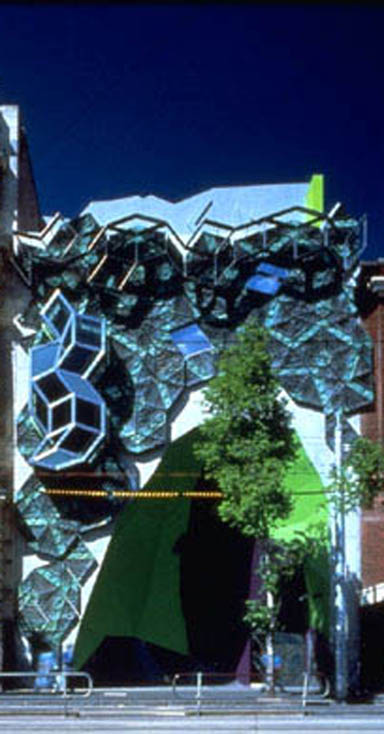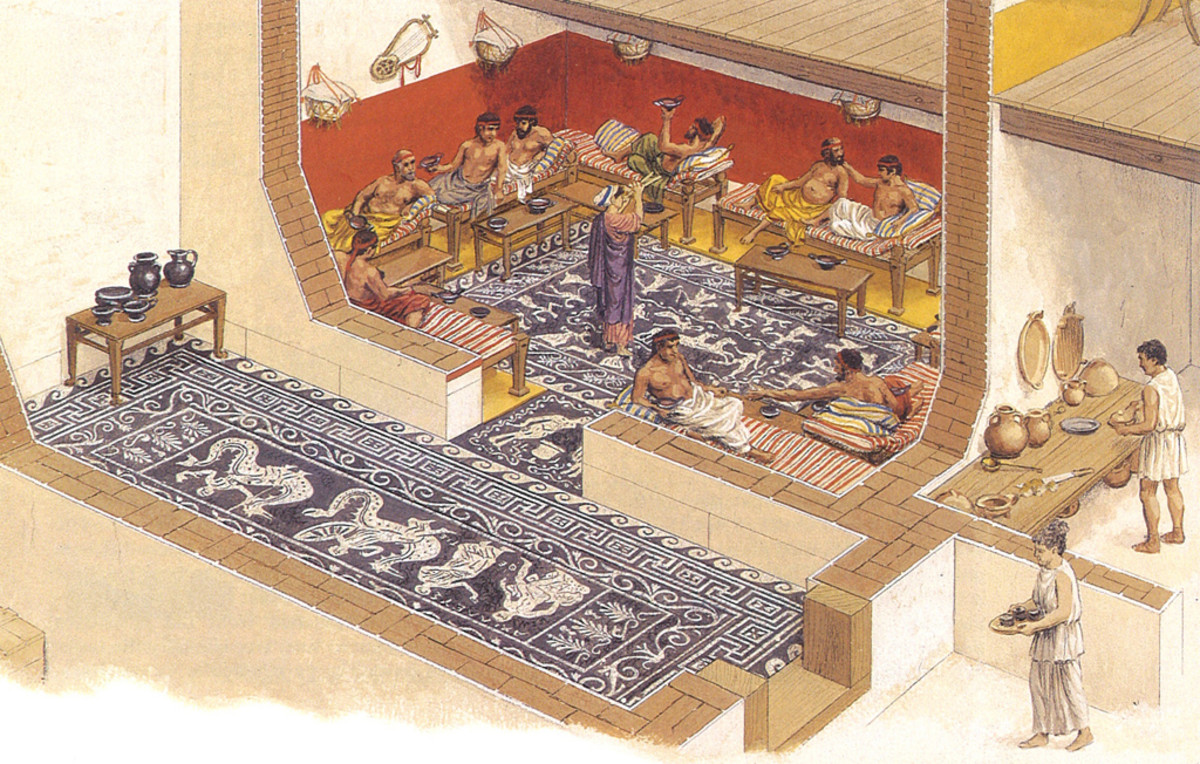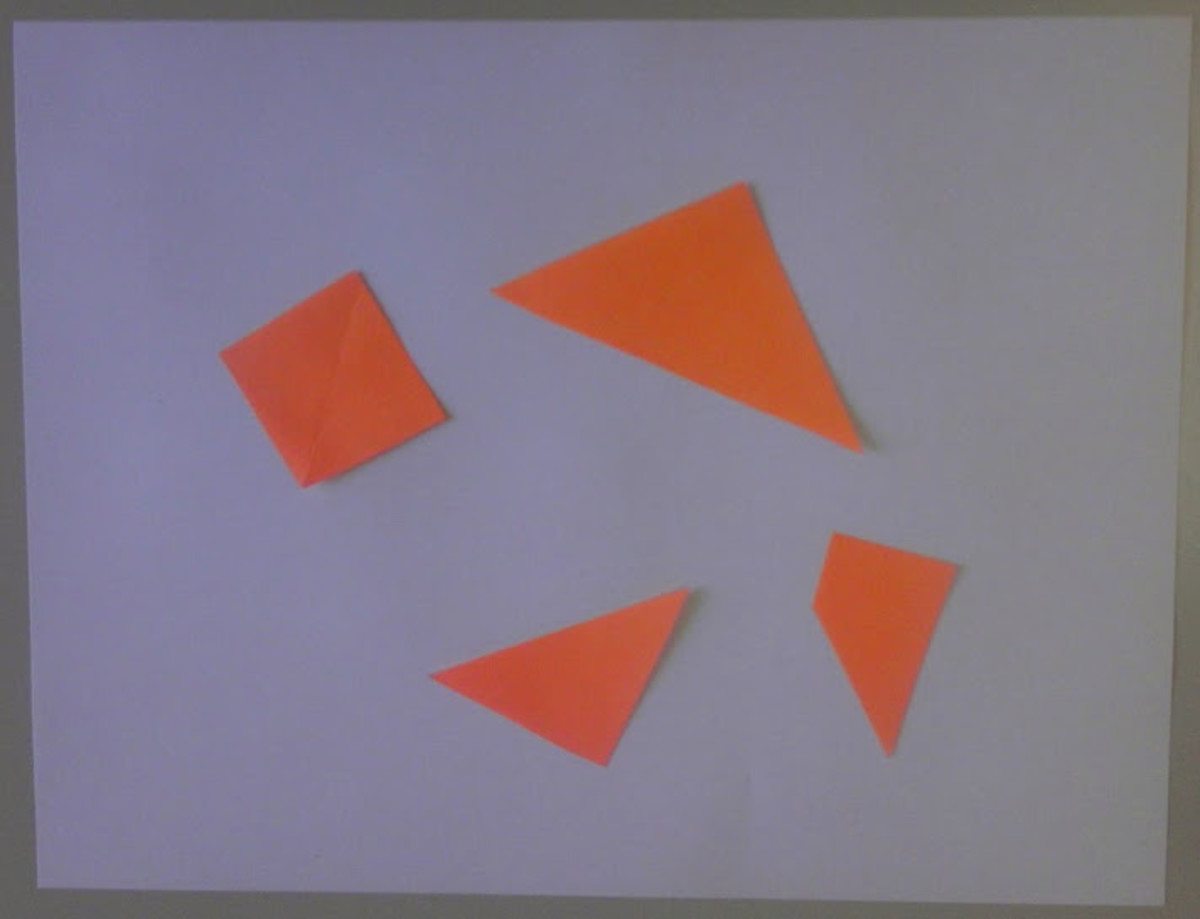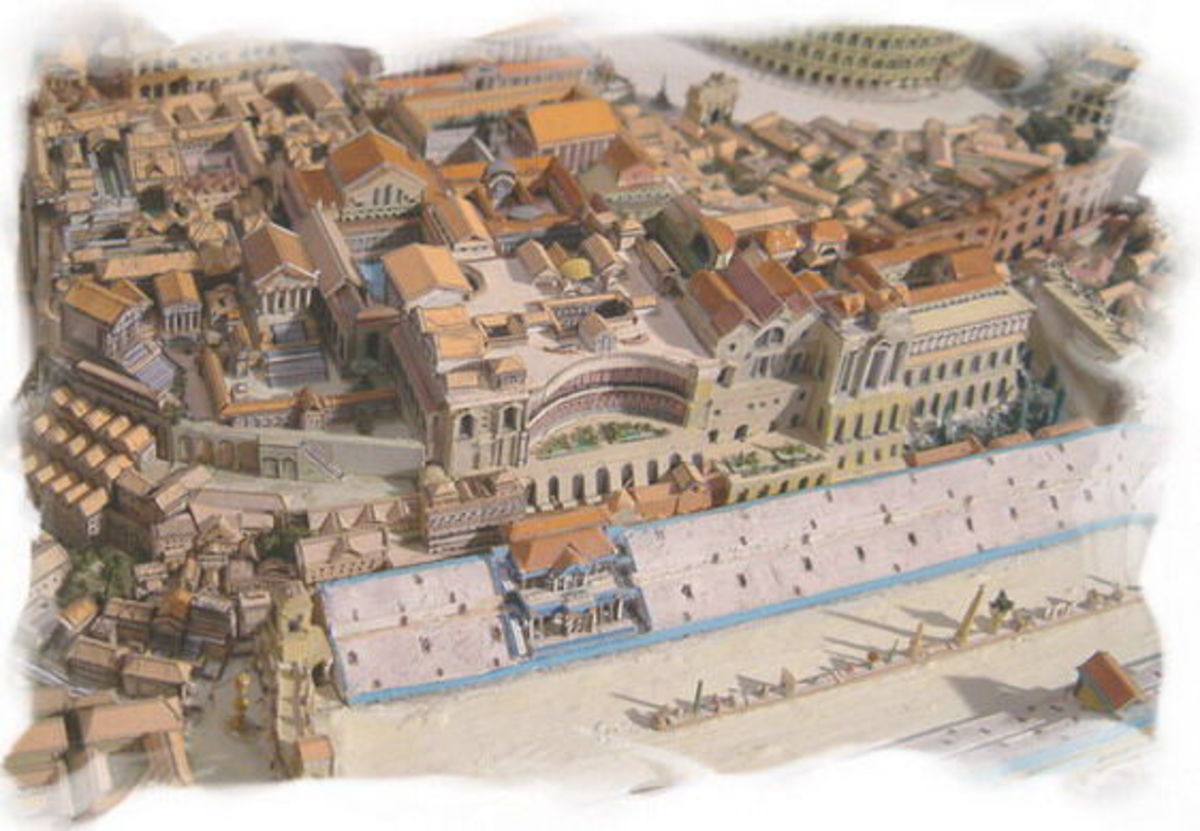Australian Architecture : Storey Hall and Roger Penrose


The Penrose tile - Mathematics in Melbourne
Storey Hall is significant for many reasons but only one prompted ARM (the Architects) to invite Penrose to open it. The newly completed Storey Hall is literally covered in a particular set of giant, aperiodic tiles that were discovered by Roger Penrose in the 1970's and have since become known as Penrose tiles. While architecture has, historically, always been closely associated with the crafts of tiling and patterning, Storey Hall represents a resurrection of that tradition.
The RMIT Storey Hall redevelopment was commissioned in 1992 with the explicit design aim to create a building which could express RMIT's goal of being at the "forefront of technical and professional education and real world research".
The brief included the provision of a world class exhibition space and art gallery, 750 seat auditorium, foyers and seminar rooms, student gallery, cafe and basement lecture theatre.
Built by the Hibernian Irish Catholic community of Melbourne in 1887, the original building was designed by architects Tappin, Gilbert and Dennehy.
The new annexe building adjoining is designed to enable the facility to operate as a conference centre, providing street and disabled access as well as complex back-up facilities to the original Victorian building.
The green theme throughout the complex explicitly acknowledges the building's Irish roots, and also the flag (green, white and purple) of the radical feminist organisation, the Women's Political Association (WPA), who occupied the hall from 1916. In addition, the green provides for a full range of contemporary interpretation, from kryptonite to the necessity of sustainability, or from the Emerald City to the symbology of hope and prayer, from the colour of heresy to the X-Files.
Architecturally, the project explores the precise articulation of the blurred zone, deploying both translation and strange pixelations toward a new exegesis. Both inside and out, the label Resurrection City has been used to describe another kind of eclecticism in the city, including the Griffins' Capitol Theatre, Robertson Swann's Yellow Peril (Vault) or Luna Park gateway, as body parts for the resurrection building.








